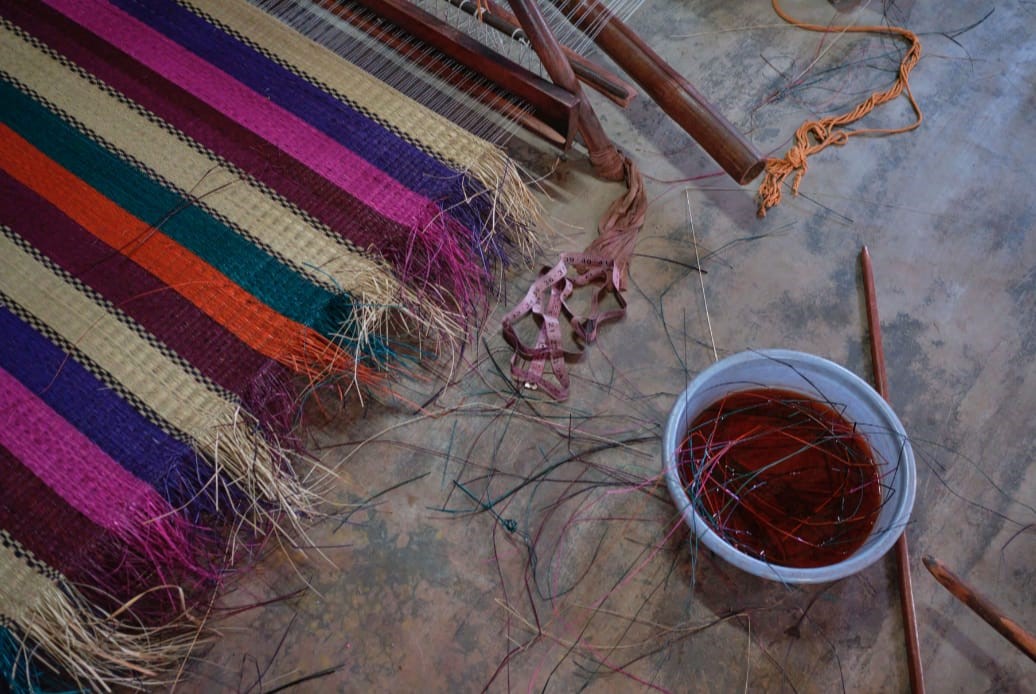Innovations and Global Recognition
Pattamadai Pai has gained global recognition for its exceptional quality and cultural heritage. In 2013, it received the Geographical Indication (GI) tag, acknowledging its unique identity and craftsmanship. In recent years, it has been introduced in diplomatic circles, such as when the Prime Minister of India gifted Pattamadai Pai to counterparts and dignitaries at the 2022 QUAD summit in Japan.
Research conducted by a team from Rajalakshmi College of Engineering, led by Dr. Kalaiselvi, studied the density and structure of various types of mats (20 counts, 50 counts, 100, and 140 counts). They discovered that Pattamadai Pai mats have soundproofing properties, making them ideal for noise reduction in classrooms and recording studios.
These environmentally friendly mats are particularly suitable for hot and humid weather conditions, showcasing their durability and resilience. Traditionally woven as gifts for brides and grooms, these mats now benefit from both power looms and handlooms, allowing for greater accessibility while preserving the artistry inherent in Pattamadai weaving
Pattamadai Pai remains a cherished heritage craft that represents the rich cultural history of India. From its roots in the village of Pattamadai to its worldwide recognition, this craft continues to enchant people with its traditional weaving techniques, unique beauty, and versatile uses. Let’s celebrate and support this traditional artistry, ensuring that its legacy continues for generations to come.





